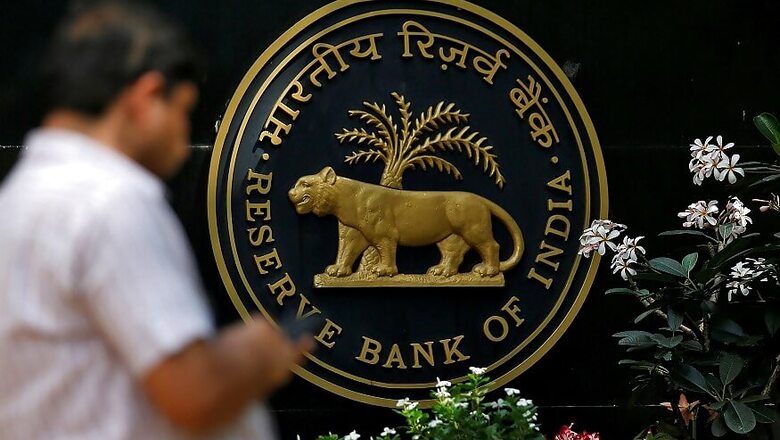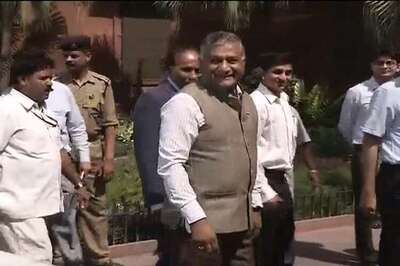
views
Every fortnight, the Reserve Bank of India (RBI) decides whether to tweak or maintain status quo on repo rates; a call that impacts millions.
Repo rate is the rate at which RBI lends money to banks. The relation is proportional, reduced repo rates assist banks to get money at cheaper rates and vice versa.But what is its implication to ordinary consumers or the public? The repo rate is also the interest rates levied to borrowers by banks.
Before taking a call, the RBI ponders upon key factors such as, current trends on inflation, fiscal projections and fiscal deficit.
The onus of the decision on the repo rate falls on a five-member team of the Apex bank consisting of both RBI officials and external experts. It is the Appointments Committee of the Cabinet that decides on the external names. The experts serve for four years and are not eligible for re-appointment.
The Monetary Policy Committee (MPC) generally presides over a period of three days and a majority is taken to finally come up with the decision.
The MPC framework replaced the system where the RBI governor and his internal team have complete control over monetary policy. While a committee advises RBI on monetary policy decisions, the central bank is under no obligation to accept its recommendations.
The US and the UK, too, have similar panels in place, with representation from both the central bank and the government.
The preamble in the RBI Act, as amended by the Finance Act, 2016, now states that the primary objective of India’s monetary policy is to “maintain price stability, while keeping in mind the objective of growth”.
RBI is also required to publish a monetary policy report every six months explaining the cause of inflation along with providing a forecast of the next six to eighteen months.
If RBI fails to meet the inflation target, it shall, in the report, give reasons for failure and provide remedial actions. It shall also specify an estimated time period within which the inflation target shall be achieved.
The MPC also strives to ensure that the inflation target decided by the government and the central bank is met.
RBI has the mandate to adopt a retail inflation target of 4 percent, plus/minus 2 percentage points on either side, till 31 March 2021.
The idea of a monetary policy committee was proposed by an RBI-appointed committee led by Patel, then a deputy governor of RBI, in February 2014. That panel had recommended a five-member committee, on which three members would be from RBI and two external members would be appointed by the RBI governor and the deputy governor. It was also suggested that the governor have a casting vote in case of a tie.
The issue took a controversial turn after the government put out a draft Indian Financial Code in July 2015, suggesting a different composition of the committee. The code, which the government later distanced itself from, suggested a seven-member committee, with four members being appointed by the government.
After discussions, the finance ministry and RBI agreed on a six-member MPC that addressed earlier concerns of excessive government influence over monetary policy in the country.
The government, however, has reserved the right to send its views to the monetary policy committee, if needed.




















Comments
0 comment